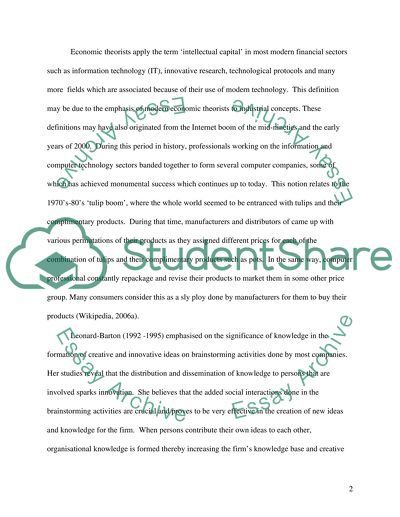Cite this document
(“Intellectual Capital development through Soft Systems Thinking Essay”, n.d.)
Retrieved from https://studentshare.org/miscellaneous/1501920-intellectual-capital-development-through-soft-systems-thinking
Retrieved from https://studentshare.org/miscellaneous/1501920-intellectual-capital-development-through-soft-systems-thinking
(Intellectual Capital Development through Soft Systems Thinking Essay)
https://studentshare.org/miscellaneous/1501920-intellectual-capital-development-through-soft-systems-thinking.
https://studentshare.org/miscellaneous/1501920-intellectual-capital-development-through-soft-systems-thinking.
“Intellectual Capital Development through Soft Systems Thinking Essay”, n.d. https://studentshare.org/miscellaneous/1501920-intellectual-capital-development-through-soft-systems-thinking.


